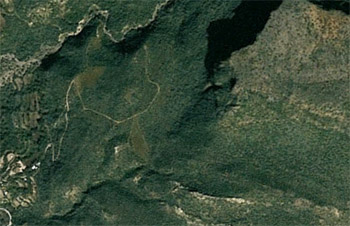Google has introduced new mapping technology during the UNFCCC Climate Meetings in Cancun, Mexico, that will help monitor forest carbon projects.
Google Earth Engine is a new technology platform that puts an unprecedented amount of satellite imagery and data—current and historical—online for the first time. It enables global-scale monitoring and measurement of changes in the earth’s environment. The platform will enable scientists to use our extensive computing infrastructure—the Google “cloud”—to analyze this imagery…
Google Earth Engine can be used for a wide range of applications—from mapping water resources to ecosystem services to deforestation. It’s part of our broader effort at Google to build a more sustainable future. We’re particularly excited about an initial use of Google Earth Engine to support development of systems to monitor, report and verify (MRV) efforts to stop global deforestation. Excerpted from the Official Google Blog.
…
Traditional forest monitoring is complex and expensive, requiring access to large amounts of satellite data, lots of hard drives to hold the data, lots of computers to process the data, and lots of time while you wait for various computations to finish. Our prototype demonstrates how Earth Engine makes all of this easier, by moving everything into the cloud. Google supplies data, storage, and computing muscle. As a result, you can visualize forest change in fractions of a second over the web, instead of the minutes or hours that traditional offline systems require for such analysis. From the Official Google Blog.
For more information, see , Google unveils satellite platform to aid forest efforts (Reuters) and Scientists turn to Google for answers (The Independent).



